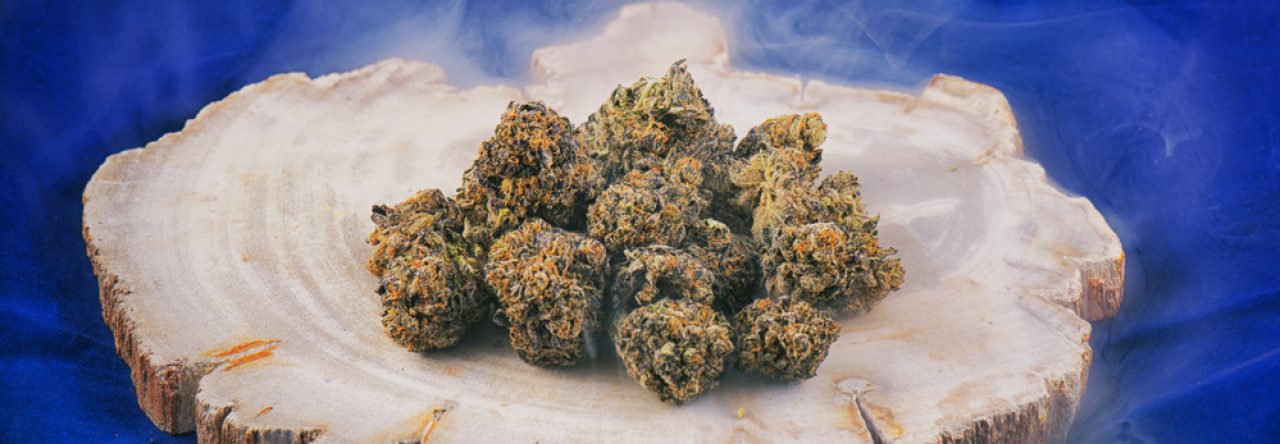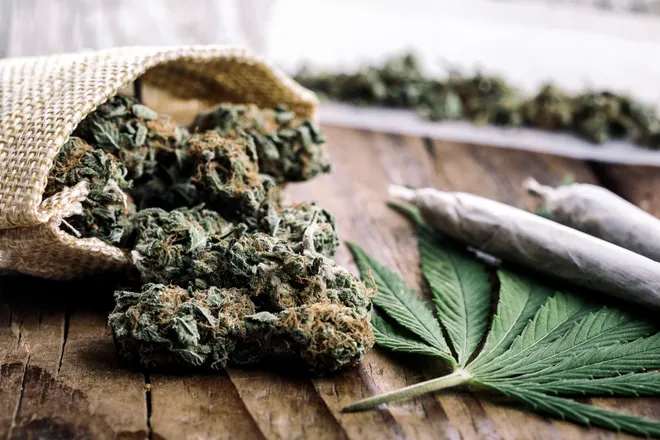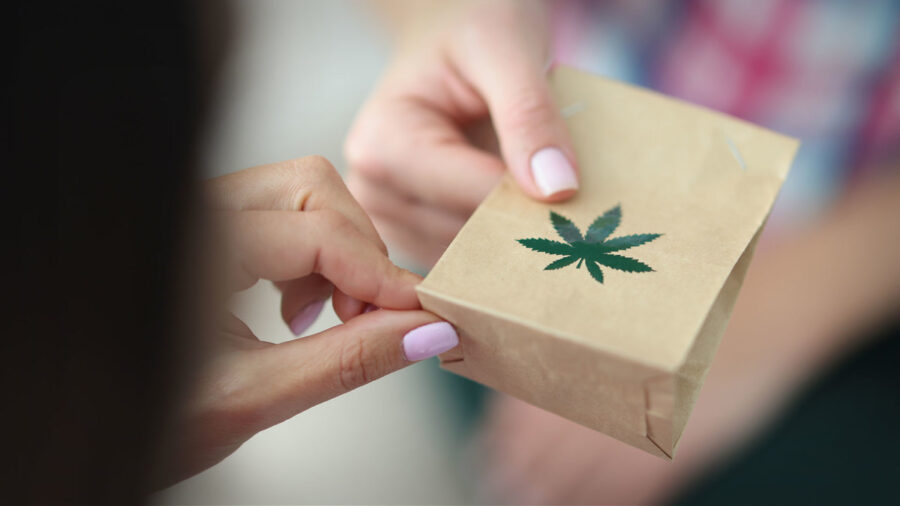The rise of microdosing psilocybin, the psychoactive compound found in magic mushrooms, has garnered both intrigue and skepticism. As its popularity grows, so do the myths surrounding its use. This article aims to separate fact from fiction, shedding light on the common misconceptions about microdosing psilocybin.
Myth: Microdosing Will Make You Hallucinate
Reality: One of the most pervasive myths is that microdosing will induce hallucinations or a “trip.” In reality, microdosing involves consuming sub-perceptual amounts, typically 1/10th to 1/20th of a hallucinogenic dose. This ensures that users experience subtle cognitive and emotional changes without hallucinogenic effects Tips for Microdosing with ADHD.
Myth: Microdosing is a New Age Fad
Reality: While the term “microdosing” might sound modern, the use of psilocybin and other psychedelics in small amounts traces back to ancient cultures. Indigenous communities have used magic mushrooms for spiritual and therapeutic purposes for centuries.
Myth: There’s No Science Behind Microdosing
Reality: Preliminary research supports the potential benefits of microdosing for mood disorders, creativity enhancement, and cognitive flexibility. While more comprehensive studies are needed, dismissing microdosing as pseudoscience is unfounded.
Myth: Microdosing is Safe for Everyone
Reality: Although many users report positive experiences, microdosing isn’t for everyone. Individuals with a history of psychosis or certain medical conditions should approach with caution. Always consult a medical professional before starting any new regimen.
Myth: All Magic Mushrooms Are the Same
Reality: There are over 180 species of psilocybin-containing mushrooms, each with varying levels of psychoactive compounds. It’s essential to understand the type and potency of mushrooms being consumed to ensure a consistent and safe microdosing experience.
Myth: Microdosing is a Cure-All Solution
Reality: While many anecdotal reports praise the benefits of microdosing, it’s not a panacea. It may aid some individuals with specific conditions or goals, but it’s not a one-size-fits-all solution. Balanced expectations and an understanding
Its limitations are crucial.
The world of microdosing psilocybin is still emerging, and as with many novel practices, misconceptions abound. Individuals must approach the topic with an open mind, seeking reliable information and consulting professionals when considering its use. We can foster a more informed and responsible approach to microdosing by debunking myths and understanding the realities.
References:
- Fadiman, J. (2011). The Psychedelic Explorer’s Guide: Safe, Therapeutic, and Sacred Journeys.
- Carhart-Harris, R. L., et al. (2016). Psilocybin with psychological support for treatment-resistant depression: An open-label feasibility study.
- Polito, V., & Stevenson, R. J. (2019). A systematic study of microdosing psychedelics.
- Kuypers, K. P., et al. (2019). Microdosing psychedelics: More questions than answers? An overview and suggestions for future research.
- Stamets, P. (1996). Psilocybin Mushrooms of the World: An Identification Guide.
- Griffiths, R. R., et al. (2006). Psilocybin can occasion mystical experiences with substantial and sustained personal meaning and spiritual significance.
- Pollan, M. (2018). How to Change Your Mind: What the New Science of Psychedelics Teaches Us About Consciousness, Dying, Addiction, Depression, and Transcendence.



